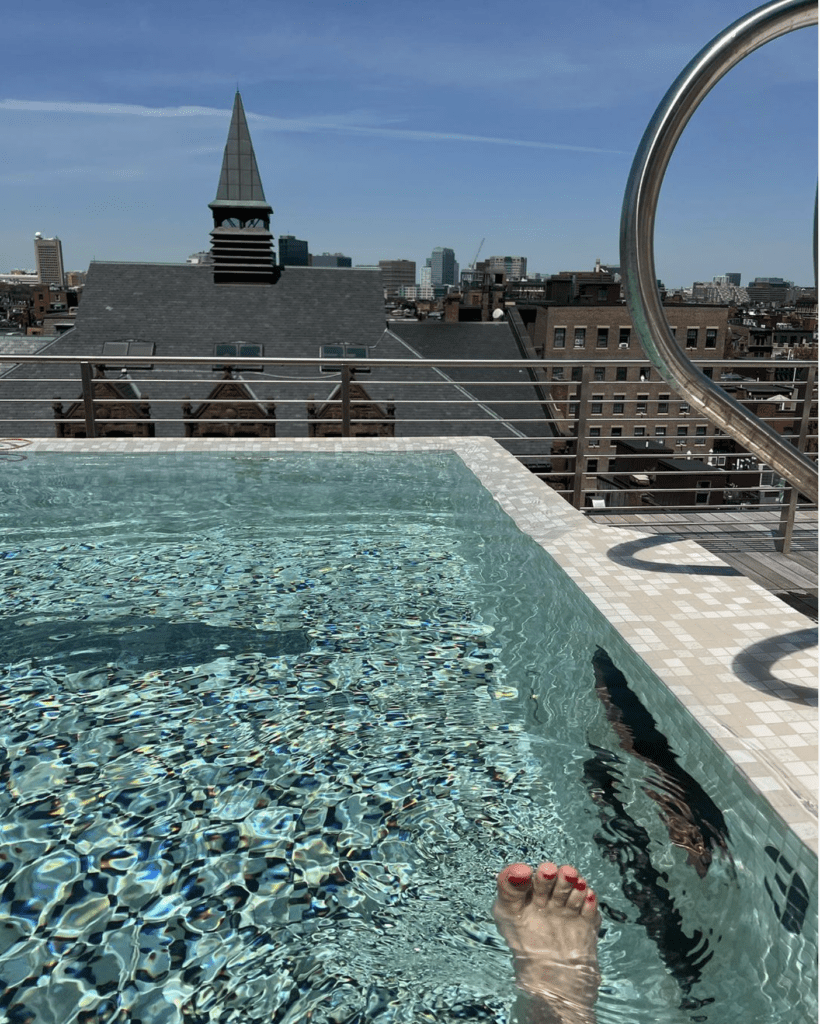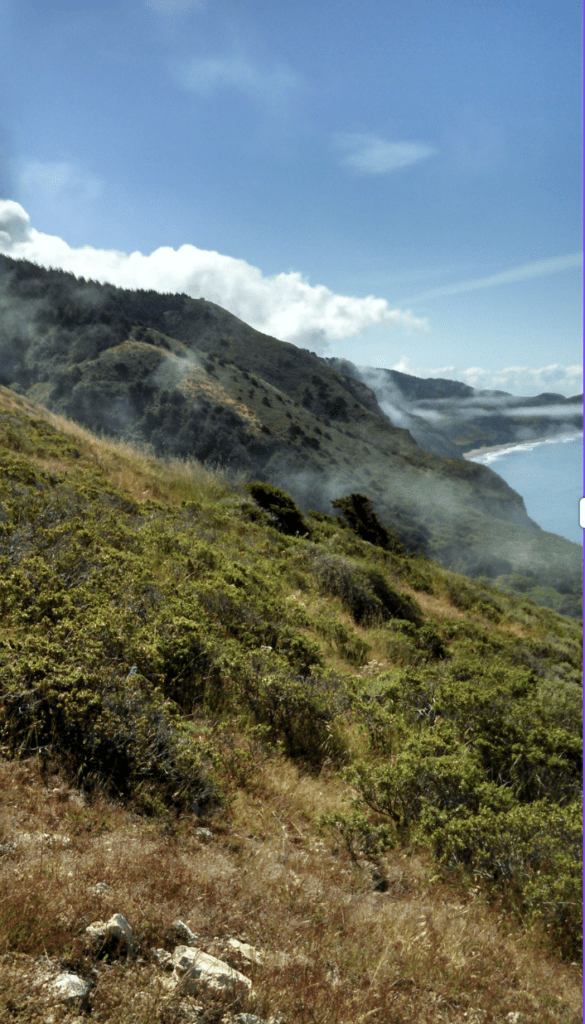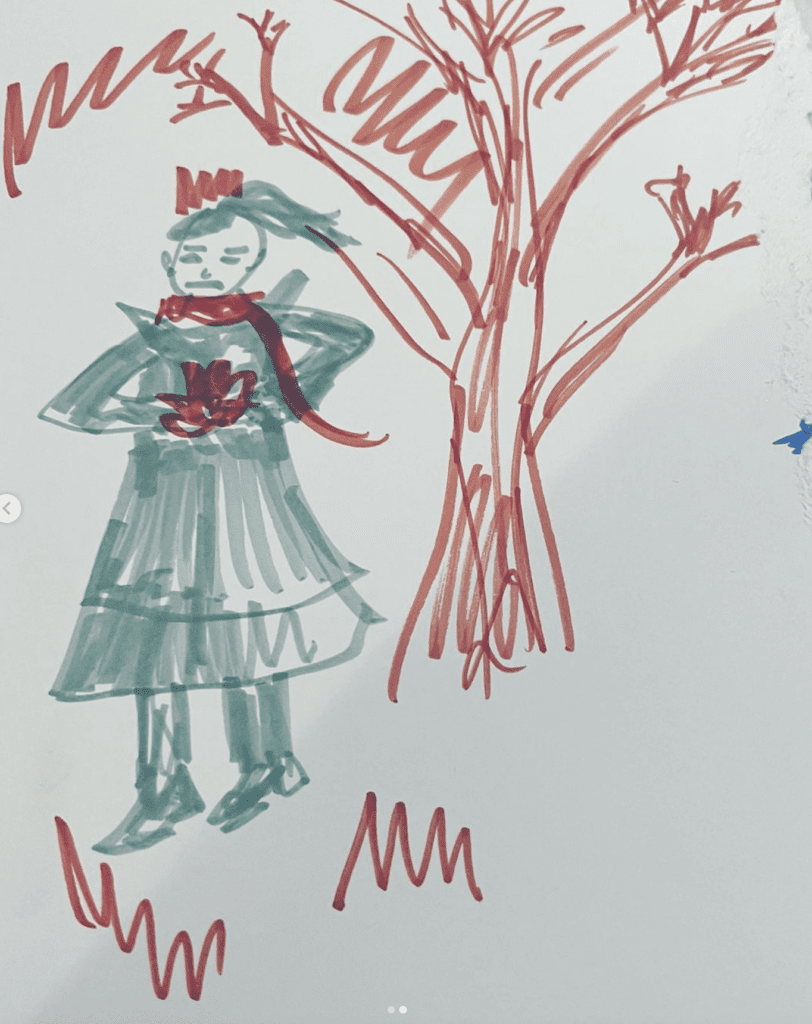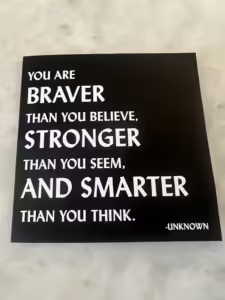We can visualize our way to wellness
Visualize Your Way to Better Mental Health, Physical Health, Fitness, Productivity, and More
“What form of water do you want to be?”
Maddy, my acupuncturist was asking me to visualize myself as water.
I’m paraphrasing here, but she extrapolated along the lines of:
Choose the form of water you want to emulate. It can be vapor, steam, or a waterfall, a slowly moving stream, a bouncy river.
Whatever form of water speaks to you each day is the form you can be.
Maddy wanted me to take back control of my emotions and reactions. I’d had my ego bruised a few nights prior and was restless, disappointed, unclear.
What form of water did I want to be?
I thought about it and decided I wanted to be the pool on top of my roof deck. Reflecting the sun, a sanctuary from the busy streets below in the heart of Boston.
A stillness, yet slight ripples.
Peaceful. Not stagnant, but not erratic.
Visualizing myself as water in a pool immediately re-centered me. I no longer felt stressed. I floated out of Maddy’s office and floated down Newbury Street.
Then I floated myself into the very pool I visualized.
It’s been 4 days and counting, and anytime I feel stressed or triggered by an event out of my control, I’ve imagined myself as the water in the pool.
I visualized my way to a more regulated state.

Innovation + Imagery
But today, when I knew I wanted to write this blog, I imagined myself as a slow-moving River. I needed movement and action, but nothing tumultuous.
I know this isn’t the usual stuff I write, and it might be on the edge of “too San Franciscan”—but after all, that’s where my consultancy is based, and I am still officially a Californian resident.
Lots of high tech, but an aura of the metaphysical, a belief in the power of things like manifesting and visualizing. Where it’s not considered strange to meditate on the side of the street, or go on silent retreats to tap into one’s mind’s eye. Might that combo of innovation and imagery be the likely reason for so many innovative startups?
It turns out, visualizing, or imagery as athletes call it, has multiple benefits. It rewires our brain and can help us focus, stay optimistic, perform better athletically, and reframe trauma experiences.

Calm the Racing Thoughts
I was at dinner last night with my neighbor Jill, a licensed social worker, and she told me visualization can help regulate our emotions if we are in a deregulated state of mind. Visualization can ‘calm the racing thoughts.” This can help someone talk about a challenge or difficult situation, or even something deeply traumatic. An exercise might be to imagine a happy place, somewhere you feel 100% safe and secure and joyful. Then, you might be able to talk through something you otherwise would be unable to face.
The reality is I was feeling deregulated lately and had lost focus. It’s one of the reasons this blog was delayed.
For me, visualizing water also tapped into some wonderful childhood memories at the beach and at our family camp. But it also centered me in the present.
Water has always had healing properties for me personally, so thinking about it brings me back to a joyful and calm state of mind.
Do you have a positive association with water? Or perhaps the mountains, or desert, or the woods? Maybe you feel joy and peace around gardens, or fields of wildflowers.
What can you imagine right now to put you in a better state of mind?

Visualize Your Way to Health
Visualization helps with mental health and physical health. According to an article in Gaiam, “By providing positive pictures, creative imagery and self-suggestion, visualization can change emotions that subsequently have a physical effect on the body, proponents say.”
Psychologist and author Gay Hendricks, Ph.D., believes that visualization is one of the most powerful tools for change. “Many people are propelled by events of the past, but visualization is an act of projecting the present into the future,” says Hendricks. “Visualization changes the dynamics of personal change by pulling the person toward a visualized healthier future.”
I used visualization before each of my two surgeries. I imagined myself waking up healthy, happy, and fibroid-free. I visualized hiking a mountain with my dog a month after each surgery, and I visualized feeling rested and healthy.
I very much believe that my visualizing myself in good health helped my healing and recovery process. A month after each surgery, I was able to hike a mountain.

Visualize for Athletic Prowess
I read an awesome article in the New York Times talking about how visualization is used by Olympians to improve “athletic performance from start to finish, employing all the senses,” to imagine winning, beating a personal record, or to heal the body after training.
“As part of his training regimen, Phelps visualizes every detail of his race—from responding to something going wrong (like ripping his suit) to crossing the finish line ahead of his competitors.”
Visualization works for athletes, but it also works for our own fitness regimen. I’ve often visualized how I will feel at the end of a 3-mile run, or visualized how strong and lean my body will look and feel after lifting some weights. Imagining the “end state” has gotten me through many a tough workout.
Visualize Productivity
Imagining myself standing in a river helped me write this blog.
I was feeling a bit too Zen earlier in the week and basically didn’t write anything.
Imagining myself standing in softly bouncing water, feeling the rush of movement and watching (in my mind’s eye) sticks and leaves float past me helped motivate me for some steady writing.
“Visualization is effective at boosting performance because it activates the same regions of the brain that are activated when actually performing a task—athletic, academic, [or] anything else,” says Roselyn Smith, a licensed psychologist, hypnotherapist, and management consultant. “It actually changes the pattern of our electrochemical brain waves.”
But what if a feeling alone isn’t going to help you achieve a goal? That’s where outcome visualization comes into play.
Outcome visualization is a cognitive technique, rooted in spiritual practices, that involves picturing your desired goal and end results. By imagining the end goal, you then start to imagine all the steps to achieve that outcome—as well as imagine any of the barriers that might hinder your success. By visualizing the details you’ll gain clarity on where to focus your time. I’ve found that this helps me gain momentum, because I’m getting constant feedback that things are working, and making progress toward the outcome.
Reinforcing our belief that something is possible, and increasing our optimism around that-provides the motivation for our brains to keep going.
VISUALIZATION AND IMAGERY TO CHANGE A STATE OF MIND
Writing or Drawing to Reframe Your Mind
Visualization or imagery simply means imagining a better or different situation. If you’re having a hard time imagining something in your “mind’s eye,” you can write a story about how you want to feel, or act, or your goals.
I once did an exercise where I drew how I felt right in the moment, which was angry and frustrated and cold. Then, on another piece of paper, I drew how I wanted to feel, which was carefree and fun and spirited, hanging from a tree branch in the sun.
The act of drawing how I wanted to feel and what I wanted to do immediately improved my mood. Then, I bought a ticket to a warmer city and spent a week frolicking around flowers and sitting in the sun.


Do You Visualize Your Way to Wellness?
When we visualize a place, a thing, or even ourselves in a different manner, we can improve our mental health, physical health productivity, and more.
Let me know if you visualize below!


